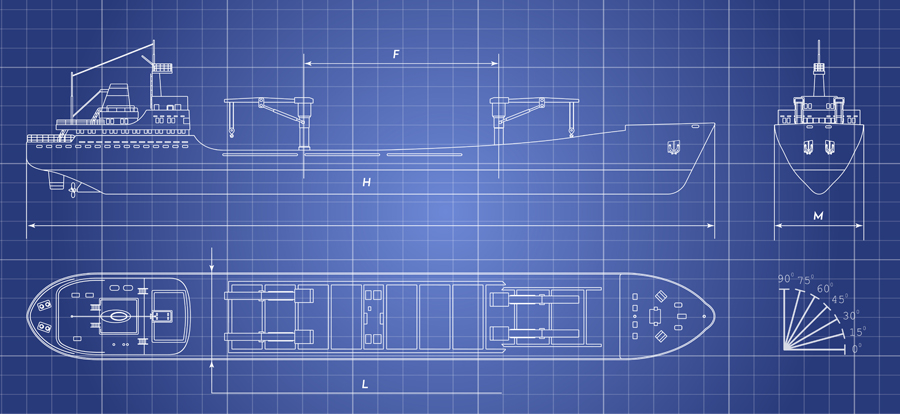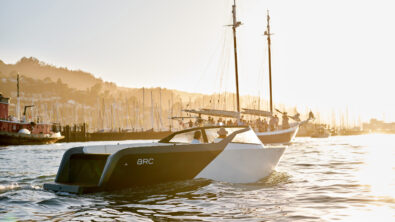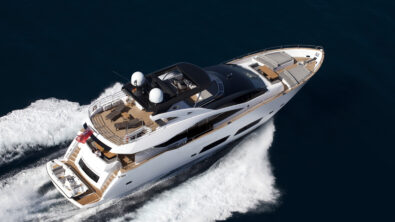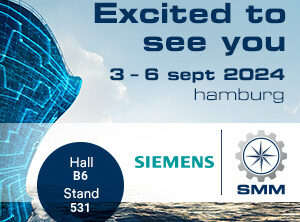The 5 key trends driving ship design right now

The world has been focusing more on creating a sustainable future for the planet in recent years. With the planet warming and scientists issuing increasingly dire warnings, companies across industries are taking notice. That includes the marine industry. As global shipping accounts for nearly 3% of total global greenhouse gas emissions, the International Maritime Organization (IMO) has passed increasingly strict regulations on emissions for both new-build vessels and those already in service. This puts increased pressure on naval architects to meet new, more stringent ship design requirements.
Trends in ship design
As the marine industry strives toward a more sustainable future, digitalization will play a significant role in designing new vessels, along with other major trends. Below, we’ve identified five key drivers impacting ship design.
1. Green shipping
Given the amount that shipping contributes to greenhouse gas emissions, transitioning to green shipping practices is top of mind for many within the industry. There are several avenues through which shipping can move toward greener practices, including exploring cleaner fuels, limiting environmental and air pollution, reducing carbon emissions and limiting the ecological impact of discharging ballast water.
2. Improving vessel efficiency
Overall, ship performance is largely driven by how efficient a vessel is. In today’s environment, it has become especially important. Naval architects are increasingly looking to optimize the entire propulsion line to achieve maximum efficiency.
3. Changing shipping patterns
Another area in which the marine industry can work to protect the environment is by changing shipping patterns. Following new routes that avoid contact with fragile ecosystems and at-risk species can go a long way in being more eco-friendly. However, using new routes impacts how new ships are designed and built because they need to operate efficiently along these different routes.
4. Safety regulations
Working in the maritime industry involves a certain amount of risk, so over the decades more and more safety regulations have been put in place to protect marine workers. The simple fact is that the global shipping industry can’t function without crews, so protecting them is a top priority. However, new safety regulations give naval architects another factor to consider in their designs.
5. Lifecycle cost management
The marine industry has gotten increasingly competitive in recent years. Shipowners want to pay the lowest cost while remaining competitive in the market. Naval architects need to look at the potential costs throughout the entire ship lifecycle to help owners manage expenses while building an efficient ship.
Using digital tools for more sustainable ship designs
Knowing the trends impacting the marine industry is essential, but how can you take these challenges and turn them into a competitive advantage? The ship owners and designers who are best able to optimize performance while working toward more sustainable practices will likely win the day. Our on-demand webinar on digital ship design for a more sustainable future provides in-depth details on the methods and tools driving vessel design today. Check it out today to learn more.


